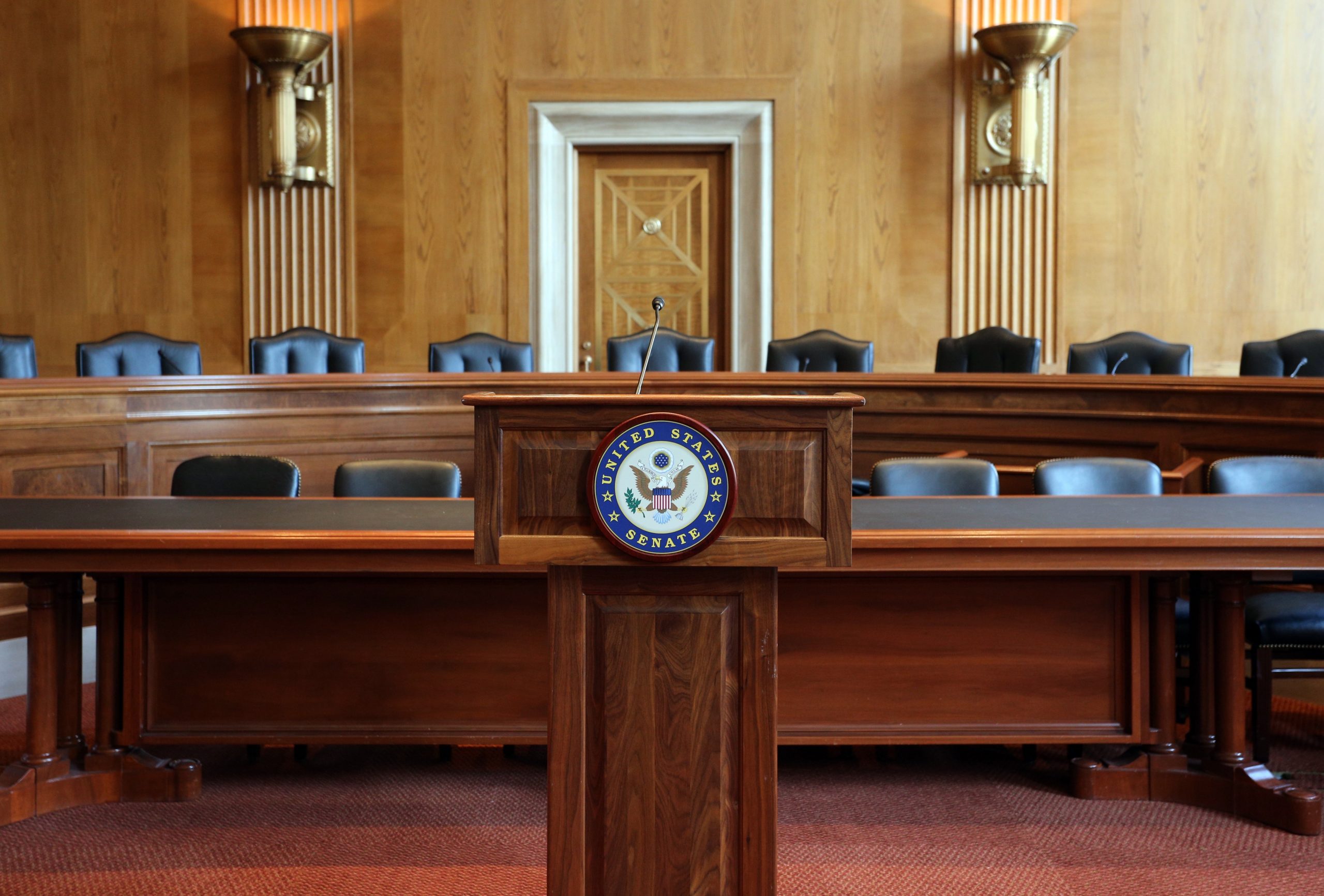Blog
August 15, 2024
Ripe for Reform: Recommendations for a More Effective Senate Confirmation Process
During a recent hearing before the Senate Rules Committee, Jenny Mattingly, the Partnership’s vice president of government affairs, called for reform of the confirmation process to make it work better for all stakeholders – the Senate, the executive branch, individual nominees and the public.
The testimony highlighted how the process required to select, nominate and vote on presidential appointees is now longer, more complicated and more uncertain than ever before.
To make this point, Mattingly highlighted data from the Center for Presidential Transition’s® research on the Senate confirmation process:
– The number of Senate-confirmed positions increased by more than 70% between 1960 and 2020, from 779 to 1,340.
– It now takes the Senate nearly four times longer to confirm a nominee than it did during President Ronald Reagan’s administration.
– The number of Senate-confirmed positions increased by more than 70% between 1960 and 2020, from 779 to 1,340.
– It now takes the Senate nearly four times longer to confirm a nominee than it did during President Ronald Reagan’s administration.
– The percentage of Senate votes on nominations now far exceeds votes on legislation. Procedural votes, cloture votes to end debate and direct votes on presidential nominations made up 64 percent of all recorded Senate votes during President Donald Trump’s administration, and 58 percent so far into President Joe Biden’s administration. This compares with just 15 percent during the first term of George W. Bush’s presidency and 14 percent during Barack Obama’s time in office.
– Layer upon layer of nominees has created extended delays in confirmation of lower level nominees. During the Biden administration, Cabinet secretaries and deputy secretaries have taken about 19 days and 59 days, respectively, to be confirmed. However, those further down the leadership hierarchy (e.g., assistant secretaries and directors) have taken about 200 days on average to be confirmed.
– Senate confirmed positions are vacant more frequently and for longer periods of time than in the past. Four Cabinet departments, for example, had 30% or more of their key positions vacant as of March of this year.
The broken process is undermining the Senate’s constitutional powers, both because it has led to executive branch efforts to sidestep Senate confirmation altogether by relying on non-confirmed officials, and because the extraordinary amount of time being spent on nominations has decreased the time spent on legislating by the Senate.
In addition, agencies suffer from gaps in leadership that hobble long-term planning and the execution of the responsibilities Congress has assigned to them, which is a disservice to constituents who rely on federal services. Moreover, the increasingly laborious experience that nominees—and their families— experience in going through the confirmation process discourages qualified individuals from wanting to accept a government position.
In order to make the confirmation process work better for all stakeholders, the Partnership’s testimony identified five priorities:
– Reduce the number of positions subject to Senate confirmation by modeling the bipartisan law enacted in 2011.
– Develop a model for “bundling” nominations which would allow for at least some nominees to be joined together for a final vote on the Senate floor.
– Improve the privileged nomination process designed to speed up consideration of some presidential appointees generally considered noncontroversial and pursue other changes to Senate processes for executive branch nominations that could win broad bipartisan support.
– Revisit the 2012 and 2013 recommendations of the Working Group on Streamlining Paperwork for Executive Nominations.
– Increase transparency into the appointments process while strengthening agency accountability to Congress when vacancies occur by improving the Federal Vacancies Reform Act.
During the hearing, senators on both sides of the aisle engaged in a constructive conversation about how to make the confirmation process work more effectively while maintaining the Senate’s constitutional role to provide advice and consent on nominees. We continue to be optimistic that this is an area ripe for bipartisan reform and that the data will make the call to action clear.
Chris Piper is a manager on the Partnership’s Center for Presidential Transition team.



